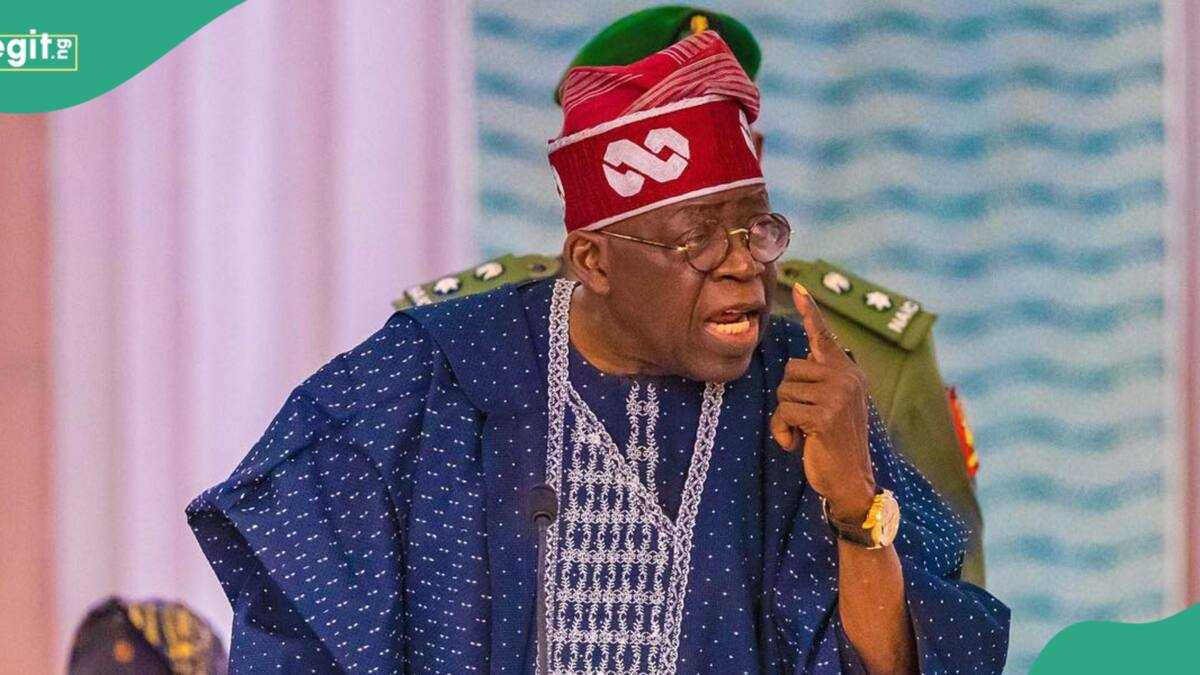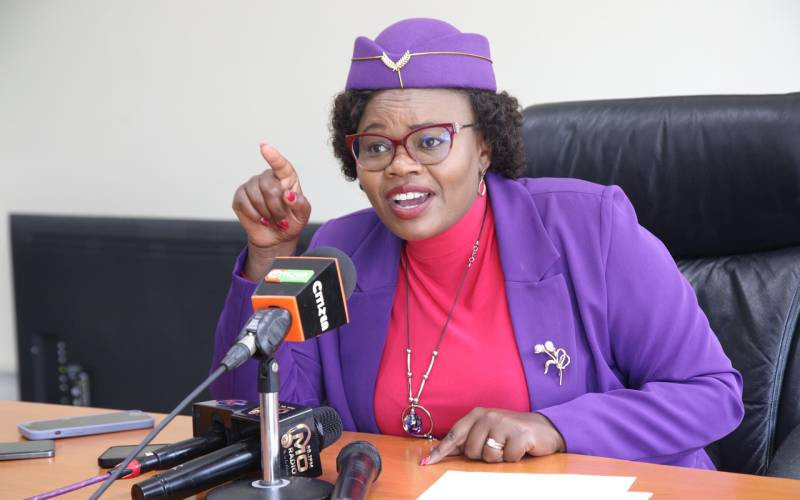Behind the scenes, officials at the Federal Reserve were just as uncertain about the economy's trajectory as they were in public, meeting minutes confirm.
Notes from the Federal Open Market Committee May meeting were released Wednesday. The minutes showed officials grappling with a multitude of uncertainties about President Donald Trump's tariffs and their effects on the economy. Ultimately, the committee's 12 members voted unanimously to keep the central bank's key federal funds rate steady, as widely expected by financial markets.
"Participants observed that there was considerable uncertainty surrounding the evolution of trade policy as well as about the scale, scope, timing, and persistence of associated economic effects," the minutes said. "Significant uncertainties also surrounded changes in fiscal, regulatory, and immigration policies and their economic effects. Taken together, participants saw the uncertainty about their economic outlooks as unusually elevated."
The emphasis on "uncertainty" echoed comments made by Fed Chair Jerome Powell in a press conference after the decision earlier this month, as well as speeches by Fed officials in subsequent weeks.
Fed policymakers have taken a cautious approach while waiting to see how Trump's unprecedented and unpredictable tariff campaign will affect the central bank's dual goals of keeping inflation and unemployment under control. Fed officials and other experts have voiced concerns that the import taxes will push up inflation and, at the same time, slow the economy, threatening job growth and spurring unemployment.
The two potential problems would require opposite responses from the FOMC: surging inflation could pressure the Fed to keep interest rates higher for longer, while a spike in unemployment would strengthen the case for cutting interest rates in an effort to boost the economy.
Given the potential dilemma, the behind-the-scenes notes were no surprise to Fed watchers.
"These minutes tell us little we did not already know about the Fed’s latest thinking, set out at Chair Powell’s post-meeting press conference, and the raft of speeches from other FOMC members in recent weeks," Oliver Allen, senior U.S. economist at Pantheon Macroeconomics, wrote in a commentary. "Intense uncertainty around trade policy, threats to both the Fed’s employment and inflation goals, and the question of which side of the dual mandate faces the higher medium-term risks, are all encouraging the FOMC to sit tight and wait for more information."











